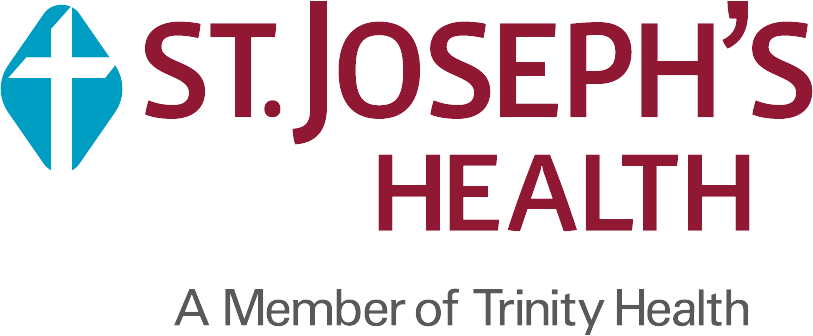Pelvic Floor Physical Therapy
What is it?
Physical therapy for the muscles surrounding your pelvis, hips, and lower back. The primary muscles, located on the inside of your pelvis form a hammock and have 5 primary functions:
- To support your organs (ie. bladder, uterus, intestines, rectum) through fascia, ligaments, pressure regulation, and muscle contraction/relaxation.
- To stabilize your pelvis for hip and back movement, it is the center of all gross movement and movement of our arms and legs.
- They work to keep us continent by contracting the sphincters of the bowel and bladder.
- They also relax the sphincters to release the contents of the bowel and bladder and for females, allow intercourse with ease.
- These muscles act as a sump pump, just like all the muscles of your body, to clear lymph fluid for recirculation to the heart. When these muscles do not work properly, often people feel heaviness or pressure.
How do I know if PFPT is right for me?
Pelvic Floor physical therapy is appropriate for peoples of all ages and genders experiencing difficulties with bowel, bladder, or sexual dysfunction. Some common symptoms treated are:
- Pelvic pain
- Pain with erection or ejaculation
- Erectile dysfunction
- Testicular pain
- Enlarged prostate
- Back pain
- Abdominal pain
- Hip or low back pain
- Post-Prostatectomy
- Urinary incontinence
- Constipation
- Fecal incontinence
- Urinary incontinence
- Urinary frequency
- Prolapse (cystocele, rectocele, ureterocele)
- Constipation
- Pain with intercourse
- Pelvic pain
- Pelvic floor dysfunction, myalgia, spasms
- High-tone pelvic floor
- Low back pain
- Hip pain
- Pubic symphysis pain
- Sacroiliac pain
- Diastasis recti
- C-section scar pain
- Post-surgical (hysterectomy, prolapse repair, hernia repair, tummy tuck)
- Pain with sitting (tailbone pain)
- History of chronic UTIs
Postpartum women benefit greatly from an initial appointment with a PF PT for education on what to expect in the postpartum period (up to 1 year after the birth). Urinary leakage can be a normal stage immediately postpartum, but when it lasts more than 3 months, it’s time to visit a PF PT. Pain with intercourse is not normal and PF PT can help. Often, constipation can be a cause for ongoing urinary leakage, pain with intercourse, hip pain or low back pain. Tight cesarean scar tissue can be a cause for bladder dysfunction, pelvic pain or difficulty returning to exercise. These are some of the more common ailments women come to PF PT, but there are many more.
Check out the link below for a short quiz to see if you may benefit from an appointment.
(Cozean link) https://docs.wixstatic.com/ugd/d1026c_42a0fda8e5644930950d754619586614.pdf
What will an evaluation be like?
If you’ve been to physical therapy in the past, it will be similar. We will evaluate your spine and hip mobility and assess your hip/knee/abdominal strength. Your symptoms of pain, what makes it worse, what makes it better, add value to the evaluation. It's also important to understand your bowel and bladder behavior and habits. Have these habits changed with surgery, medications, birth trauma, or recent birth. An internal examination is often performed to build a plan of care in order to retrain bladder or bowel control and/or sexual function.
What will the treatment involve?
We will work on retraining the behavior associated with the symptoms using your internal and external muscles and mindful awareness. Creating a strong mind/body awareness will lead to the best outcomes. We will focus on the muscle tissues of the hips, back and pelvis for stretching, strengthening, and retraining during activities of daily living. Often, we train body mechanics for lifting, stair navigation, walking/running and other functional movements. Just as you are unique, so too will be your treatment.
How do I start pelvic floor physical therapy?
- At SJH, a patient requesting physical therapy will need a script from a referring provider that states pelvic floor, low back, hip pain, or something similar.
- Call our front office to make an appointment: 315-329-2550
- Fill out the new patient paperwork and appropriate questionnaires so your therapist can be educated and prepared for your arrival.
- Arrive to your appointment on time to take advantage of your full appointment time. Initial evaluations are 1 hour and treatment are between 30-45 minutes.

